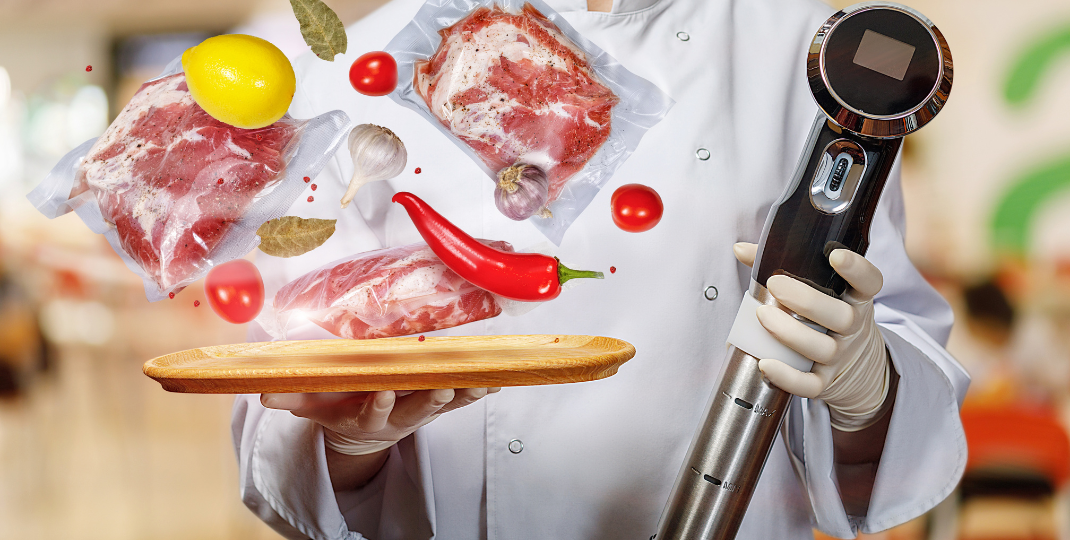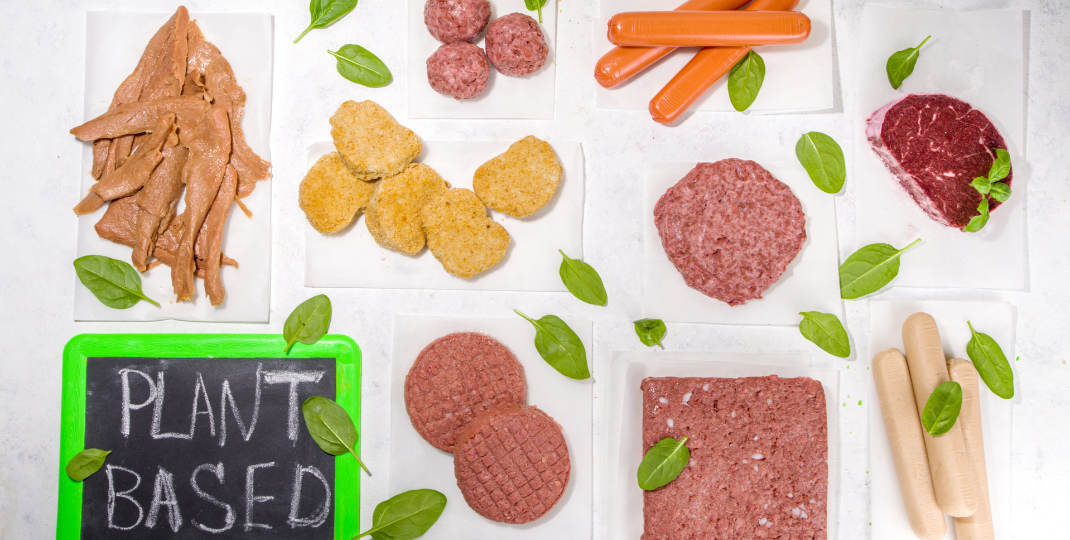Microalgae have gained significant attention in recent years as a promising source of lipids for various industrial applications, particularly in the production of biofuels and nutraceuticals. However, there are several potential risks and limitations associated with using microalgae as a sustainable source of lipids. These include challenges related to scalability and cost-effectiveness, as well as concerns about environmental impact and competition for resources. Additionally, issues such as genetic modification and contamination also pose risks to the viability of using microalgae as a reliable source of lipids for industrial purposes. It is important to carefully consider these factors when exploring the potential of microalgae as a sustainable solution for lipid production.
Ensuring Scalability of Microalgae Production to Meet Lipid Demand in Various Industries
To ensure the scalability of microalgae production to meet the increasing demand for lipids in various industries, there are several key strategies that can be implemented. First, investing in research and development to improve the efficiency of cultivation and lipid extraction processes is crucial. This includes optimizing growth conditions, such as light intensity and nutrient availability, as well as developing new technologies for harvesting and processing algae biomass. Additionally, implementing sustainable practices, such as using recycled water and carbon dioxide from industrial sources, can help reduce costs and environmental impact while increasing production capacity. Collaborating with industry partners and government agencies to support funding initiatives and regulatory frameworks can also facilitate the scaling up of microalgae production for lipid production. By combining these approaches, we can effectively scale up microalgae production to meet the growing demand for lipids in industries such as food, pharmaceuticals, and biofuels.

What are the potential environmental impacts of large-scale microalgae cultivation for lipid production?
Large-scale microalgae cultivation for lipid production has the potential to have both positive and negative environmental impacts. On one hand, growing microalgae can help reduce carbon dioxide levels in the atmosphere through photosynthesis, as well as provide an alternative source of biofuels that can mitigate greenhouse gas emissions. However, the process of cultivating microalgae on a large scale may require significant amounts of water and nutrients, leading to potential issues such as eutrophication and water pollution. Additionally, the use of pesticides or fertilizers in the cultivation process could further contribute to water contamination. Proper management practices and monitoring are essential to minimize these negative impacts and ensure sustainable production of lipids from microalgae.
How do we address the competition for resources, such as land and water, when scaling up microalgae production?
One way to address the competition for resources, such as land and water, when scaling up microalgae production is to implement sustainable practices that minimize environmental impact. This can include utilizing non-arable land for cultivation, implementing water recycling systems, and incorporating wastewater treatment processes into production facilities. Additionally, promoting research and development of new technologies that increase efficiency and reduce resource usage can help mitigate competition for limited resources. Collaboration with stakeholders, including government agencies, communities, and industry partners, can also facilitate the development of policies and strategies to ensure responsible and sustainable growth of the microalgae industry while minimizing its impact on the environment and resource availability.
What are the challenges in extracting and refining lipids from microalgae on a commercial scale?
The main challenges in extracting and refining lipids from microalgae on a commercial scale include the high cost of cultivation, harvesting, and processing equipment, as well as the low lipid content in most strains of microalgae, which results in lower yields. Additionally, the extraction process can be energy-intensive and time-consuming, requiring specialized technology and expertise. Furthermore, maintaining consistent quality and purity of the extracted lipids is crucial for meeting regulatory standards and consumer expectations. Overall, overcoming these challenges requires significant investment in research and development to optimize processes and improve efficiency in order to make commercial-scale production of microalgae-derived lipids economically viable.
How do we overcome the variability in lipid content and composition in different species of microalgae?
One way to overcome the variability in lipid content and composition in different species of microalgae is through genetic modification and selective breeding techniques. By identifying and selecting strains with high lipid productivity and desired fatty acid profiles, researchers can develop more consistent and commercially viable strains for biofuel production. Additionally, optimizing growth conditions such as light intensity, temperature, and nutrient availability can also help to standardize lipid production across different species of microalgae. By combining these approaches, researchers can work towards creating a reliable and sustainable source of lipids for various applications.

What are the potential risks of contamination and spoilage during microalgae cultivation and lipid extraction processes?
During microalgae cultivation, the potential risks of contamination include the introduction of unwanted bacteria, fungi, or other microorganisms that could compete with the desired algae species for nutrients and space, leading to a decrease in biomass productivity. Contamination can also result in the production of toxins that could be harmful to humans if consumed. In terms of spoilage during lipid extraction processes, improper handling and storage of harvested algae can lead to degradation of lipids due to exposure to oxygen, light, and heat. This can result in a decrease in lipid quality and yield, affecting the overall efficiency of the extraction process and potentially reducing the value of the final product. Proper hygiene practices and monitoring of cultivation and extraction processes are essential to minimize these risks and ensure the production of high-quality algae-based products.
What are the limitations in terms of cost-effectiveness and efficiency compared to traditional sources of lipids?
One limitation of using alternative sources of lipids, such as algae or microbial fermentation, is the higher production costs compared to traditional sources like vegetable oils or animal fats. The technology and processes involved in extracting lipids from these alternative sources are often more complex and expensive, leading to increased production costs. Additionally, the efficiency of lipid extraction from these sources may be lower, resulting in lower yields and further contributing to the overall cost-effectiveness. Furthermore, the scale of production for alternative lipid sources may not be as large as traditional sources, limiting their ability to compete in terms of efficiency and cost-effectiveness on a larger scale.
How do we address the regulatory and safety concerns surrounding the use of microalgae-derived lipids in food, pharmaceutical, and cosmetic products?
To address the regulatory and safety concerns surrounding the use of microalgae-derived lipids in food, pharmaceutical, and cosmetic products, thorough research and testing must be conducted to ensure the safety and efficacy of these products. This includes conducting comprehensive toxicological studies to assess any potential risks associated with the consumption or application of these lipids, as well as adhering to regulatory guidelines set forth by governing bodies such as the FDA and EFSA. Additionally, implementing quality control measures throughout the production process and ensuring proper labeling and transparency regarding the sourcing and composition of the products can help build consumer trust and confidence in the safety of microalgae-derived lipid products. Collaboration between industry stakeholders, regulatory agencies, and scientific experts is crucial in developing a robust framework for the safe and responsible use of these innovative ingredients in various consumer products.
The potential risks and limitations of using microalgae as a sustainable source of lipids for industrial applications
While microalgae show great promise as a sustainable source of lipids for various industrial applications, there are also potential risks and limitations that need to be considered. These include challenges in scaling up production to meet commercial demands, high production costs, and the potential for contamination by other microorganisms. Additionally, the extraction and purification processes required to obtain lipids from microalgae can be energy-intensive and costly. Furthermore, the environmental impact of large-scale cultivation of microalgae, such as land and water resource usage, and potential effects on local ecosystems, must also be carefully evaluated. Overall, while microalgae hold significant potential as a renewable source of lipids, careful consideration of these risks and limitations is necessary to ensure their sustainable use in various industrial applications.
